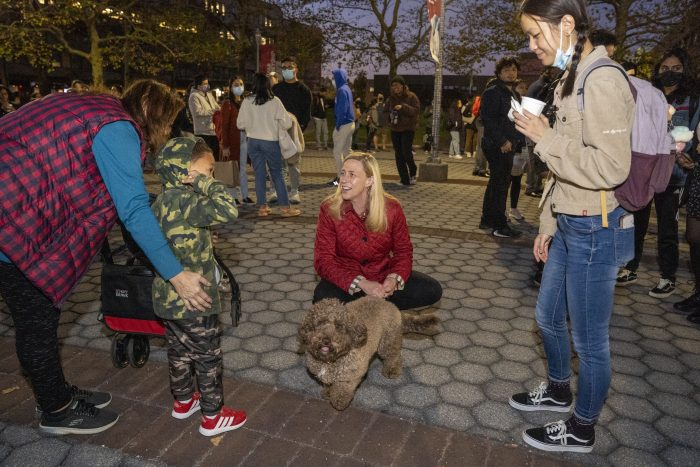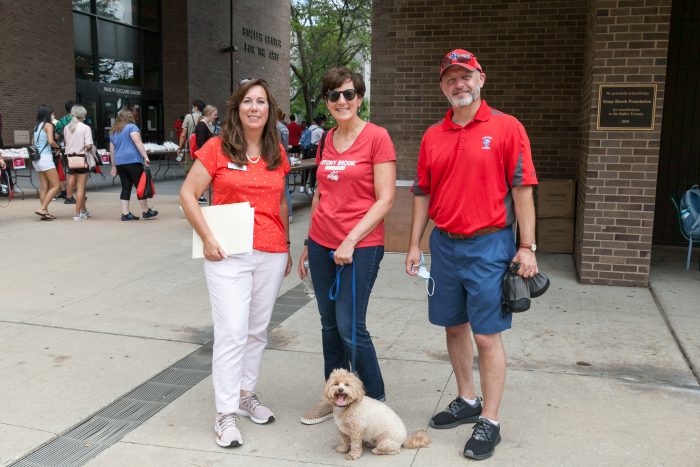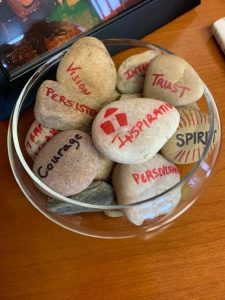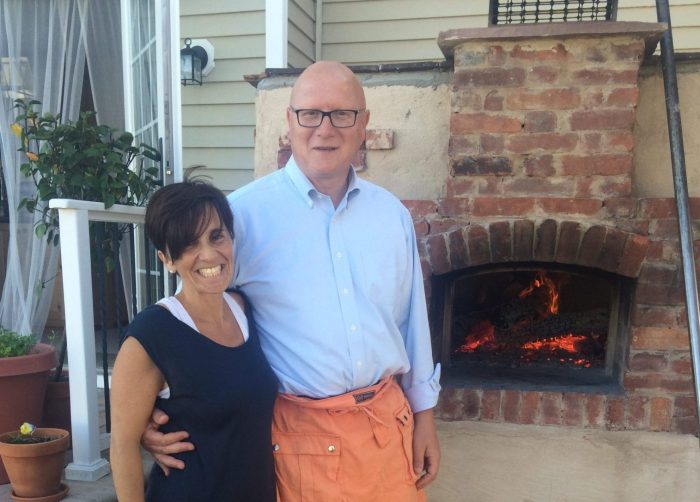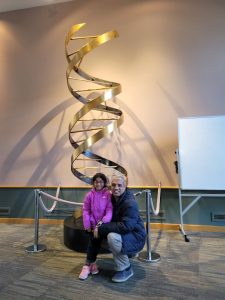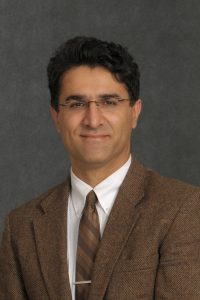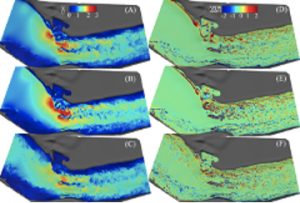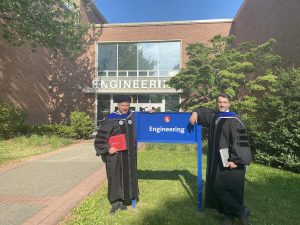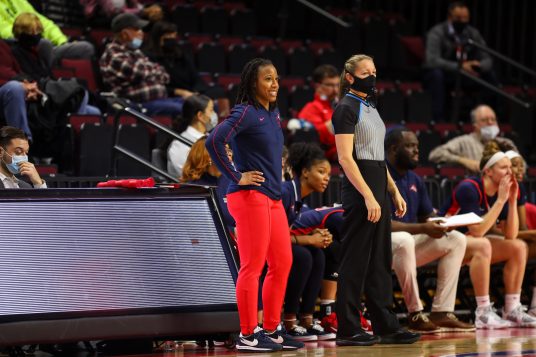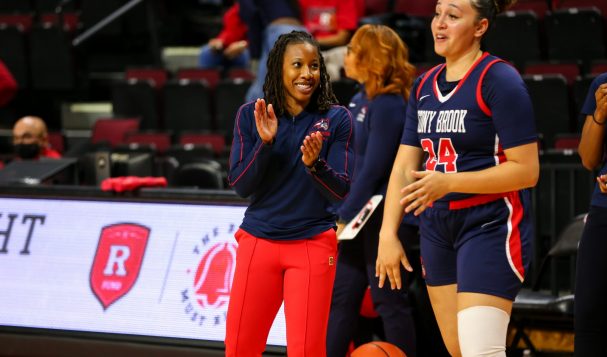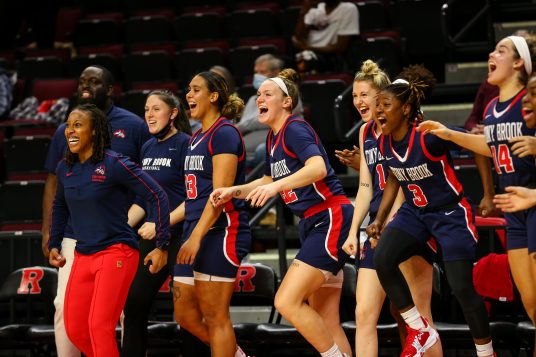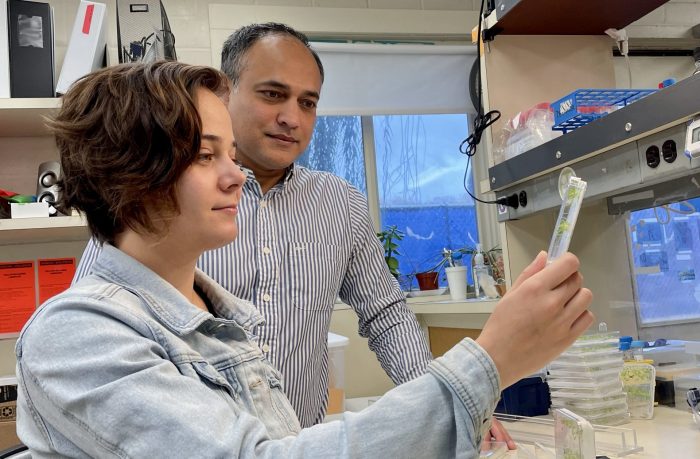From offering insights about higher education to The New York State Senate, to presenting her academic research on slavery to the University Senate, President Maurie McInnis earned kudos and appreciation as she completes her first full year at the helm of Stony Brook University.
McInnis, who earned her doctorate from Yale University, became the first president to present her research to the University Senate as a scholar in October amid her inauguration week, in a talk titled, “The Shadow of Slavery in American Public Life.”
“She hit it out of the park,” said Richard Larson, president of the University Senate and professor of Linguistics at Stony Brook. “She’s quite a remarkable individual from the standpoint of intellectual achievement.”
The talk included a description of the work of Eyre Crowe, whose 1853 sketches of a slave auction in Richmond, Virginia, provided an eyewitness account abolitionists would use and which formed the basis of an award-winning book by McInnis.
TBR News Media is pleased to recognize McInnis as a Person of the Year for 2021 for her careful guidance of the university amid the pandemic, for her goal of bringing diverse groups of people, departments and communities together, and for her efforts to enhance the profile and talents of the university.
“Day after day, I see a new initiative of hers that expands the visibility of Stony Brook or further tends to the needs of minority students, or helps researchers accomplish their goals,” Alan Alda, award-winning actor and founder of an eponymous science communication effort at the university, explained in an email. “Dr. McInnis brings people together and makes big ideas happen. I don’t think the university could be in better hands.”
Commencement ceremonies
Graduation at Stony Brook in May this year was like the movie “Groundhog Day” for McInnis.
Except that, instead of acting without consequence the way Bill Murray did in the film, McInnis attended 10 graduation ceremonies, which had to be separated to reduce the number of people at each graduation.
McInnis offered her congratulations for the academic achievement of the graduates and applauded their resilience, particularly amid the worst of the pandemic.
She was “quite insistent” that she attend each of these events, which were held over the course of three days in the warm sunlight, Larson said. “She wanted to hand out the certificates personally. That was an incident that just really struck home with me. Each ceremony was many hours long.”
During her inauguration week lecture, McInnis discussed her research in Richmond and Charlottesville, Virginia.
Louis Nelson, a former colleague of McInnis at the University of Virginia, where he is currently vice provost for Academic Outreach and professor of Architectural History, sang her praises.
She is “one of the most impactful social historians of the American South at work today,” said Nelson, who co-edited the book “Educated in Tyranny: Slavery at Thomas Jefferson’s University” with McInnis. Her “scholarship has forged a path toward the truth telling that our nation needs to confront,” he said.
Humanity
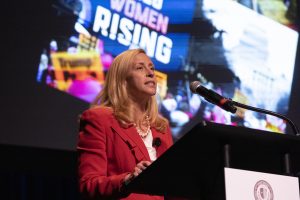
In addition to the scholarship and academic rigor she brings to campus, McInnis has won appreciation from her colleagues at Stony Brook for her compassion.
Richard Gatteau, vice president for Student Affairs, explained that he dealt with a health issue earlier this year. “Right away, she was empathetic,” he said. McInnis turned to him during a meeting and asked how he was doing. He genuinely appreciated her support.
A provost at The University of Texas at Austin before she arrived at Stony Brook, McInnis officially joined the school only months after the worst of the pandemic reached Suffolk County. An active participant in calls before her July 1, 2020, start date, she has helped oversee the university’s distinguished response to the pandemic.
Carol Gomes, chief executive officer of Stony Brook University Hospital, observed that McInnis does considerable homework in making decisions. She also emphasized how McInnis “always emphasizes the importance of working together.”
The university president asks “good, insightful questions and she can analyze different sides of an issue, process the information and provide meaningful feedback,” Gomes said.
Even before McInnis arrived on campus, she “did call me regularly to ask how things were going, to get acclimated to what was happening at the hospital during the height of the pandemic,” Gomes said. “It was very comforting to know that I had somebody to whom I was reporting who cared and was compassionate, and who thought about reaching out and developing a relationship before she began.”
McInnis also called state Sen. Jim Gaughran (D-Northport) before she arrived on Long Island.
Gaughran is on the Senate Higher Education Committee, which held hearings around the state, including one on the Stony Brook campus, where McInnis was the lead witness.
“I was very impressed with her presentation and her answers to questions,” he said. “She clearly seems to be the right fit for Stony Brook during what are some very challenging times.”
Diversity
McInnis is committed to developing and enhancing the university’s diversity, equity and inclusion efforts.
She elevated Judith Brown Clarke, who joined Stony Brook as chief diversity officer in February of 2020, to vice president for Equity and Inclusion.
Brown Clarke described the promotion as “game changing” for diversity, ensuring that fairness and social justice are “woven into every part of campus governance and decision making.”
As an example, Brown Clarke is a part of the governance committee, which allows her to look at the equitable distribution of resources like software that make it possible for students to learn remotely.
Rosemaria Martinelli, vice president for Strategic Initiatives, had served as McInnis’ chief of staff for two years at UT Austin before McInnis joined SBU. Martinelli followed her to Long Island.
Martinelli is thrilled with McInnis’ support and guidance for Stony Brook’s bid to compete for a global competition to establish a climate solutions center on Governors Island in New York City.
SBU’s proposal, which involved numerous departments, “energized everybody,” Martinelli said. “We engaged our campus community and [McInnis] helped us identify the academic partners. She was involved in every step.”
Judith Greiman, chief deputy to the president, lauded the McInnis leadership style.
“She is unique [among college presidents] in that she has all the credentials anybody might want, she has ambition for the institution, and she does not have an ego that gets in the way,” Greiman said. She has a “collaborative leadership style.”
Indeed, Doon Gibbs, laboratory director at Brookhaven National Laboratory, appreciated McInnis’ commitment to collaborations.
She has “galvanized impact at the university and among its partners with a new sense of energy, unity and inclusiveness,” Gibbs explained in an email. He suggested it was “a pleasure to work with her on behalf of Long Island and New York state.”

